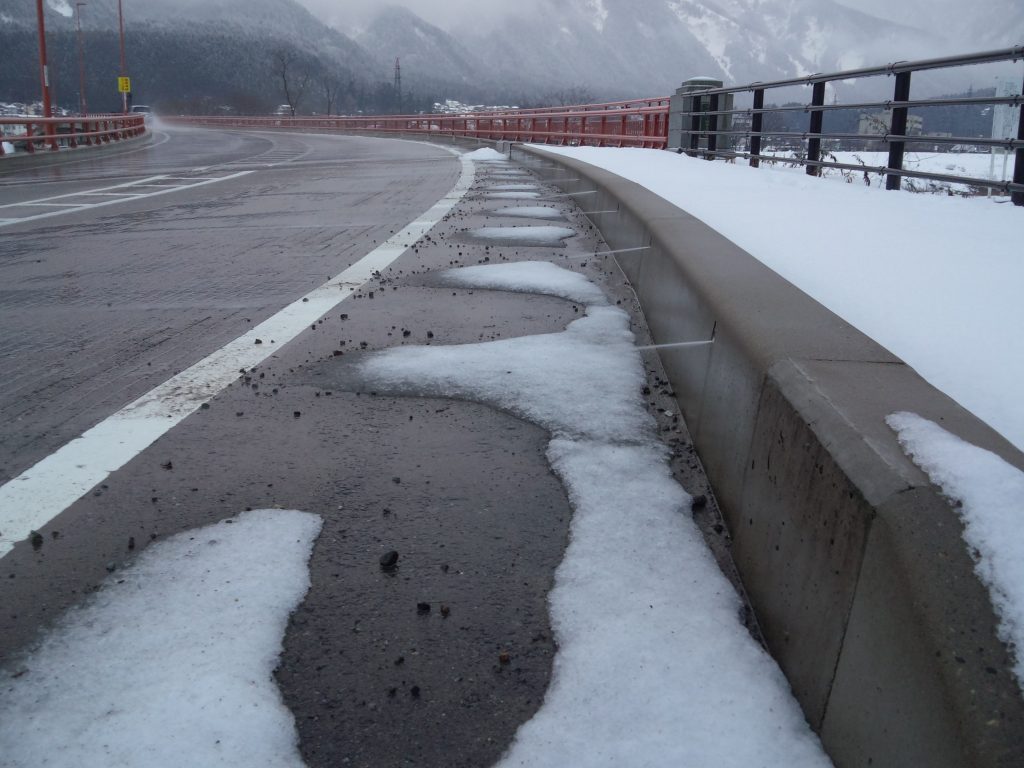Paraffin Oil
paraffin oil
Paraffin oil is the term generally used to describe any solid or liquid mixture of purified saturated, aliphatic hydrocarbons (paraffins) obtained from petroleum. A distinction is made between ‘viscous paraffin’ (Paraffinum liquidum or Paraffinum subliquidum), ‘low-viscosity paraffin’ (Paraffinum perliquidum) and ‘hard paraffin’ (Paraffinum solidum), this distinction being based primarily upon viscosity.
Application of paraffin oil in de-ice roads
Phase Change Materials can be incorporated into concrete using porous lightweight aggregate or embedded pipes, and when PCM transforms from liquid to solid during cooling events, it can release thermal heat that can be used to melt ice and snow. By inhibiting the formation of ice and snow on the pavement or bridge surface, the use of PCM may reduce or eliminate the need for deicing chemicals/salts, snowplowing or both — thus saving money and positively influencing the environmental impact of such operations.
Paraffin oil was the material of choice for the endeavor because it is organic, widely available, chemically stable, and relatively inexpensive. It releases thermal energy through latent heat of fusion when it changes its physical state and solidifies as temperatures drop. Paraffin oil can be tailored to embed deicing capabilities in a road surface so that it becomes thermally active during snow events or when deicing is needed.
The gradual heat release due to the different pore sizes in porous lightweight aggregate is more beneficial in melting snow when concrete is exposed to a variety of temperature changes when snow melting or deicing is needed. Using porous lightweight aggregate can be a potential way of incorporating phase change materials in concrete, as it is easy to be implemented in practice and can cover environmental conditions of various locations in the U.S. dealing with snow, especially melting snow or deicing in roads and bridges in the Northeast.
One of its first uses could be at airports, where keeping runways clear of ice and snow is vital. The Federal Aviation Administration supported the research as a part of its Heated Airport Pavements Project.
Additional research is needed to further understand other factors influencing concrete constructibility, including concrete fresh and hardened performance when the concrete contains phase change materials, and the phase change material’s thermal performance in different locations in the U.S. Eventually, this could be used to reduce the amount of deicing chemicals we use, or can be used as a new deicing method to improve the safety of roads and bridges. But before it can be incorporated, we will need to better understand how it affects durability of concrete pavement, skid resistance, and long-term stability.
To test it, the researcher team created a set of concrete slabs — one with paraffin-filled pipes inside, one with porous lightweight aggregate infused with paraffin, and one without paraffin. Each was sealed in an insulated container and covered with approximately 5 inches of lab-made “snow.” With temperatures slightly above freezing, both paraffin-treated slabs completely melted the snow within the first 25 hours, while the snow on the sample without paraffin remained frozen. The slab with the paraffin-filled tubes melted the snow a bit faster than the one with paraffin-treated aggregate, because the paraffin inside the tubes is able to solidify more quickly and release its energy because of the pipes’ regular diameter, while the pores of the aggregate sample vary in size.
In the group’s second experiment, when the temperature in the box was lowered to freezing before the snow was added, the paraffin-treated aggregate was more effective than the embedded pipes, because the capillary pore pressure delayed the freezing of the paraffin, allowing it to release its heat energy over a longer period of time.
Source
A paper published in Cement and Concrete Composites written by researchers led by Yaghoob Farnam, an assistant professor in Drexel’s College of Engineering, explains how substances like paraffin oil — known as “phase change materials” — can be used to store energy in concrete and release it as heat when a road needs ice or snow melted off.


